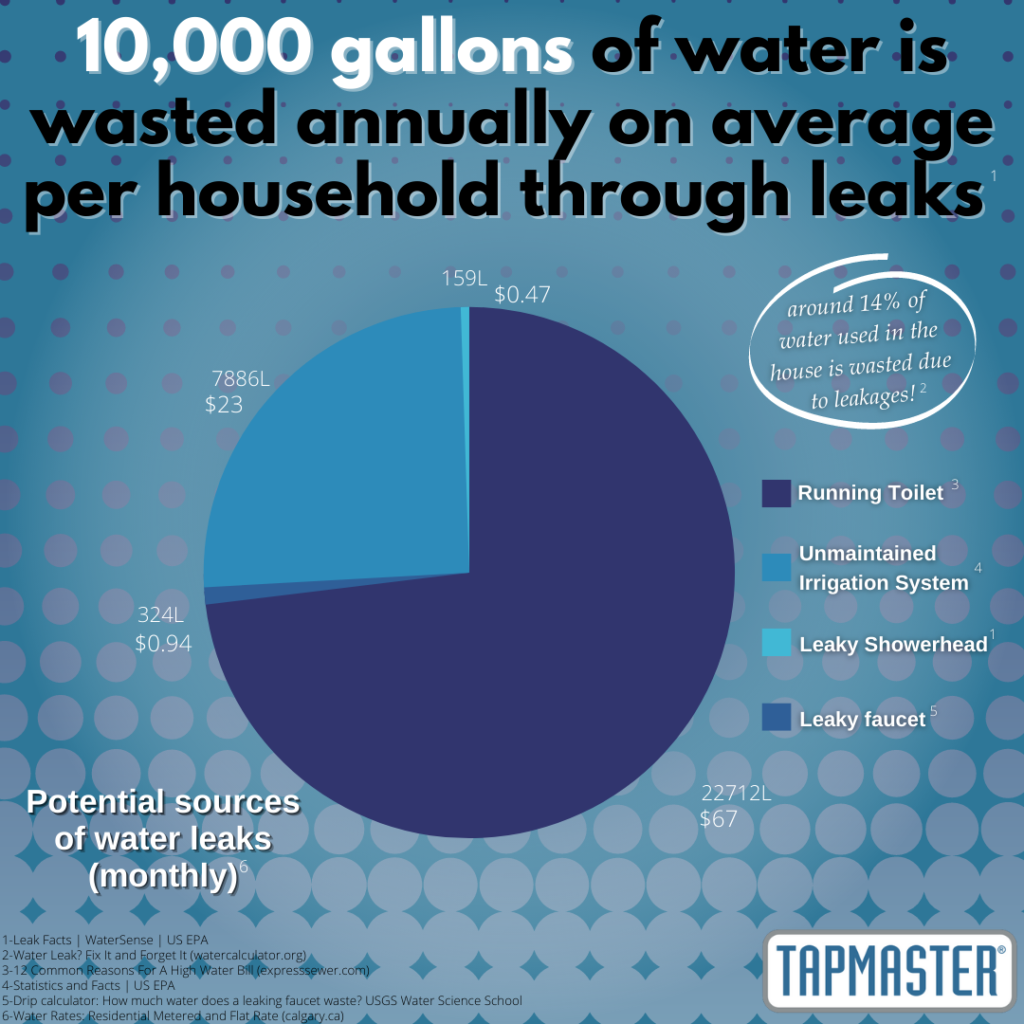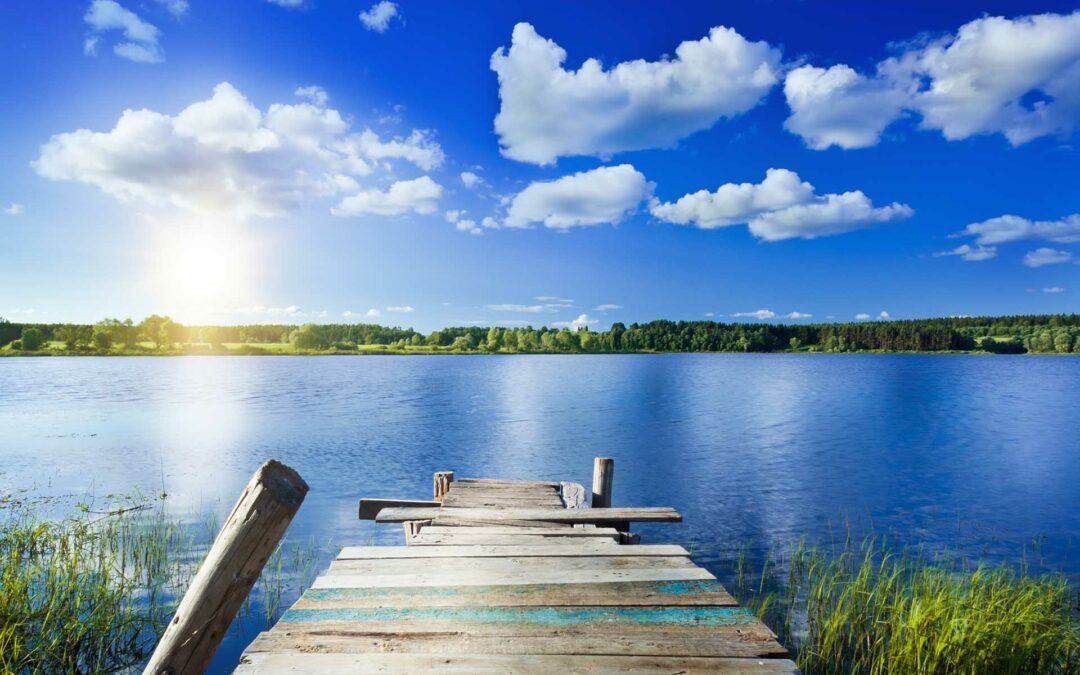Water is something we all find ourselves taking for granted. It is integral to every aspect of our lives from cooking to cleaning to power generation. As our population grows and our society progresses, our relationship with water has changed. Indoor plumbing opened up a world of instant-access water in the home and business that was previously impossible. It also removed the need to conserve water since we don’t have to go fetch it from a well anymore. Without cheap, abundant water our daily lives become a lot more difficult.
Power plants convert fuel into heat that boils water, which in turn powers a turbine to generate electricity. Manufacturers use it to cool machinery, dissolve chemicals and clean equipment. When a fire breaks out, having an abundant source of high-pressure water in our municipal water supply is crucial to getting it under control.
How much water do we use?
With a growing population, the need for water increases as well. Between 1950 and 1980 water use in the United States grew from 175 billion gallons per day to over 360 billion gallons per day1. That is the same as filling 6 Olympic sized pools EVERY SECOND!

Reducing water use in the home
Recently, water consumption in the home has become a hot topic as climate change has begun to alter the amount of water available in many areas. As industrial consumption has decreased, the amount of water we use in homes has become a larger proportion of total water use. The average American home uses 109,000 gallons of water every single year. To combat this the EPA suggests plumbing fixtures be limited to 1.5 gallons per minute for a bathroom faucet and 2 gallons per minute for a bathroom shower. Even at this low rate, just leaving the water running while you brush your teeth can waste up to 2200 gallons of water per year. That’s nearly $100 per year on average for a family of 4. Just shutting off the water between rinses can buy you an extra tank of gas every year!
Leaks! They really drain your wallet!
According to the EPA, nearly 14% of all residential water use is the result of leaks with the lion’s share of that being a toilet that runs continually. That adds up to an eye-watering $120 per year for the average family!

Double-billing – the hidden cost of watering your lawn.
Many municipal water authorities tie your sewer metering to you water meter. Instead of having a separate meter for sewage, they assume all the water that goes into your home also goes right back to the sewage treatment plant as well. So next time you water your lawn, remember that you’re paying for the treatment of that water you see flowing down the gutter to the storm drain!
Why is it important that we conserve water?
Thankfully, in the 1980s water conservation laws were passed that curtailed the growth of water use in the US, particularly in industrial uses. This was in response to trends that showed water consumption growth could lead to major difficulties in the future. Severe drought has become more common in recent years and major wildfires have been the result. Human water use can account for nearly 25% of the increased drought conditions experienced in North America2.
Agriculture relies on irrigation to produce the food we need to survive. As drought conditions have increased, we need to reduce our water consumption to ensure farmers have access to the water flow they need to keep crop yields up. We also need to make sure future generations have the water they need for drinking and washing. Reservoir levels have been dropping across the western United States for decades now. This has led to issues with power generation as well. As reservoir levels drop, the amount of power we can generate from hydroelectric dams also decreases.
The good news!
The great news is that advances in plumbing fixtures, industrial processes and public awareness has had a meaningful impact on water use trends. Faucets today use less water and still provide great pressure. Toilets use less water per flush and people are more aware of the best times of day to water their lawns. We don’t have to sacrifice our quality of life to conserve water! Big savings can be had by just being more aware for our daily habits, leaving more water in our rivers and reservoirs and more money in our pockets!

